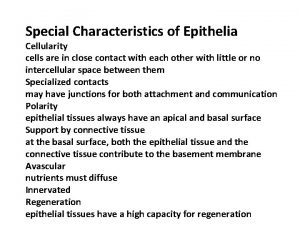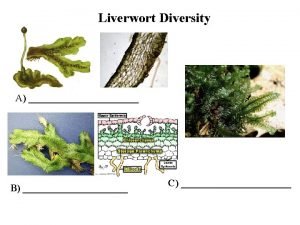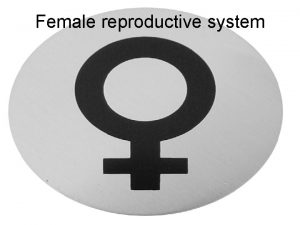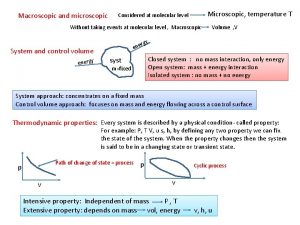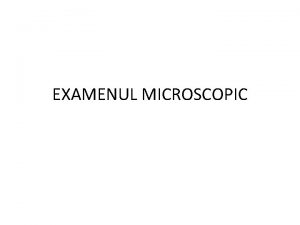Microscopic findings Microscopic findings Low cellularity Small mature
















- Slides: 16



• Microscopic findings






• Microscopic findings • Low cellularity • Small mature lymphocytes • Large atypical cells • Scattered, single, dyscohesive • Pleomorphic • Mononucleated, multinucleated (horseshoe-shaped, ring-shaped, Reed-Sternberg-like cell) • Prominent nucleoli • Abundant cytoplasm

• Differential diagnosis 1. Anaplastic large cell lymphoma 2. Hodgkin lymphoma 3. Poorly differentiated metastatic carcinoma 4. Malignant melanoma

Malignant melanoma • Known as “the great mimicker” – broad variety of cytomorphologic features • Round or polygonal • Mirror-image binucleated and multinucleated cells – frequently seen • Nuclei – eccentrically located • One prominent nucleolus or several nucleoli • Abundant cytoplasm and well-defined cell border • Fine, granular melanin pigment in the cytoplasm

Metastatic poorly-differentiated carcinoma • Large, irregular cluster with irregular borders or loss of cohesiveness • High N/C ratio • Large, pleomorphic nuclei and prominent nucleoli Urothelial ca. Endometrial ca.

Hodgkin lymphoma • Bimodal age incidence : 20 -30 yrs, >50 yrs • LAP (Cervical LAP-60%) : m/c symptoms • Systemic Sx. (B Sx. , itching): relatively common • Background of lymphocytes, plasma cells, eosinophils, and histiocytes • Classic Reed-Sternberg cell • Hodgkin cell • Lacunar cell, popcorn cell

Anaplastic large cell lymphoma • Rare in elderly but frequently in children and young adult (peak in first 3 decades) • B Sx. : common (75%) • Varying proportion of hallmark cells : large cells with pleomorphic nuclei; round to horseshoe-shaped, ring-shaped; multinucleation; abundant eosinophilic cytoplasm with perinuclear halo; Reed-Sternberg-like cells

• Diagnosis • 29/M • Mesenteric lymph node : Anaplastic large cell lymphoma

• Further evaluation • Excision biopsy • Immunohistochemical staining • Anaplastic large cell lymphoma: CD 30 (+), CD 15 (-), CD 45 (+), EMA (+/-), ALK (+), keratin (-), EBV (-) • Hodgkin’s lymphoma: CD 30 (+), CD 15 (+), CD 45 (-), EMA (-), ALK (-), EBV (+) • Melanoma: S-100 (+), HMB-45 (+) • Carcinoma: EMA (+), keratin (+)
 Cellularity of epithelial tissue
Cellularity of epithelial tissue The microscopic structure of the small intestine
The microscopic structure of the small intestine Mid = (low + high) / 2
Mid = (low + high) / 2 Emotive style communication
Emotive style communication High precision vs high accuracy
High precision vs high accuracy Low voltage hazards
Low voltage hazards High vs low small bowel obstruction
High vs low small bowel obstruction Mature female ovine
Mature female ovine Function of endometrium
Function of endometrium Mature sporophyte
Mature sporophyte Mature industries
Mature industries Ovary diagram
Ovary diagram Mature poro
Mature poro Maturefemales
Maturefemales Mature
Mature A tightly coiled tube where sperm mature
A tightly coiled tube where sperm mature Prof mature
Prof mature
